For sow the green beans in the home garden a few simple precautions are enough. Surely it is one of the most popular vegetables in hobby cultivation, and even in small spaces the plant can give satisfying harvests. Furthermore, green beans can be easily sown both directly in the ground and with the seedbed techniquewith the great economic advantage of not having to buy seedlings in the nursery.
So let’s see the organic cultivation techniques for sowing green beans in the garden, starting from the choice of seeds.
How to choose the seeds of green beans
The variety of green beans to be sown in the family garden are many, for the farmer there is only the embarrassment of choice. For example, we have flat green beans, cylindrical ones, by the meter, mangiatutto, snow peas. Then there are the color variations with the classic green beans, light green, dark green, purple, yellow, etc.
A fundamental distinction, to keep in mind, is that between climbing green beans and dwarf ones. The former are more productive, but require the provision of supports for growth. Dwarf green beans, on the other hand, produce less in terms of a single plant, but are easier to manage in terms of field preparation and cultivation care.
Whatever your choice, buying green bean seeds is really simple, since the offer is wide and of quality.
When to sow green beans
The ideal time to sow green beans is spring, from April to June. The important thing is that the climatic conditions are mild, in order to favor the germination of the seed. Green beans are very fast growing and have a crop cycle shorter than that of beans. So do not rush to sow and wait for the risk of late frosts to be behind you. The advice is to wait until the daytime temperatures are stably above 15-18 ° C.
How to sow green beans
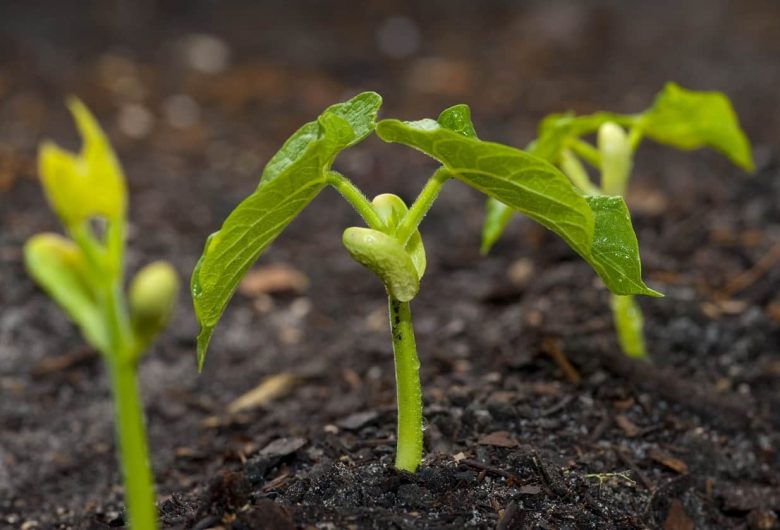
As mentioned, green beans can be sown directly in the ground or using the seedbed technique.
Direct sowing has enormous advantages, as it is enough to plant the seed and wait for it to germinate. Passing through the seedbed (alveolar containers), on the other hand, you will then have to proceed with the transplantation in the open field. In practice, the work is double. The green bean born directly on the ground also has the advantage of being able to immediately develop the root system, with a central taproot that goes down deep. In the seedbed, the roots tend to get tangled, with the result of having longer times for an optimal vegetative recovery. The advice we give, therefore, is to sow the green beans directly into the ground.
Soil preparation
For the direct sowing of green beans it is necessary prepare the ground with great care. The seedbed should be as refined as possible. It will therefore be necessary to proceed first with a deep processing to be done with the spade, then a further hoeing will have to be carried out and, finally, the refinement using a rake. On well-loose ground, the seeds will take a few days (7 to 10) to emerge. Conversely, a very compact and clayey soil not the best for green beans.
Furthermore, this crop does not need particular fertilizations. Being one legumeit is in fact in itself a crop capable of fix atmospheric nitrogen in the soil.
We therefore recommend one organic fertilization light, using for example the compost. On the other hand, the manure.
Sow the green beans in postarelle (regular rows)
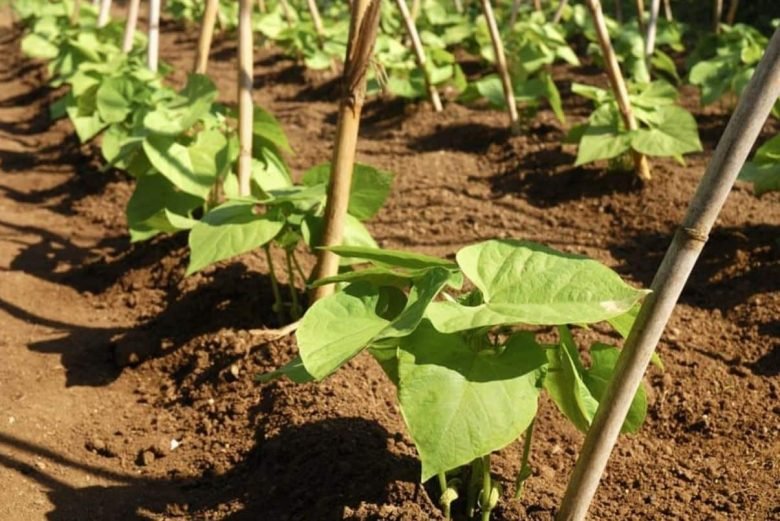
But now let’s see in practice how to sow green beans. There technique you use is that of the postarella in regular rows. In practice, a small hole is created in which to lay the seeds. The depth should not exceed 3 cm, otherwise it will take longer to see the sprouts appear. 2 seeds are placed in the hole, this allows to give birth to a plant with double stem, very robust and vigorous. In addition, we will compensate for any failures of the suit itself from the start.
Along the line, the distance to be maintained between one postarella and the other is 20 cm. Between the rows, however, we will have 1 m distance for the climbing green beans, 50 cm for the dwarf green beans.
The regular line also allows us to create a drip irrigation systemwith the classic hoses.
Irrigation is essential in the growth of green beans, both for the germination of the seeds and during vegetative growth.
How to prepare the supports
If we have decided to sow climbing green beans we will have to set up a support structure to accompany their growth. This is usually made from chestnut wood poles, to which some are fixed special plastic nets (like these). To easily build this structure, it is therefore essential to sow the green beans in regular rows and not in random order.
The classic rod technique
If you don’t want to use plastic nets to climb green beans sown in the garden, the alternative is to use bamboo canes (like these). These reeds (3 in number) must be buried obliquely and tied together at the top, so as to be able to cross each other and form a sort of “hut”, like those built as a child to imitate the huts of the Indians. As the green bean grows, it will climb around the canes, creating a natural structure with a certain aesthetic effect.


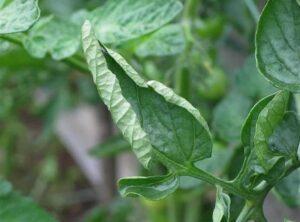
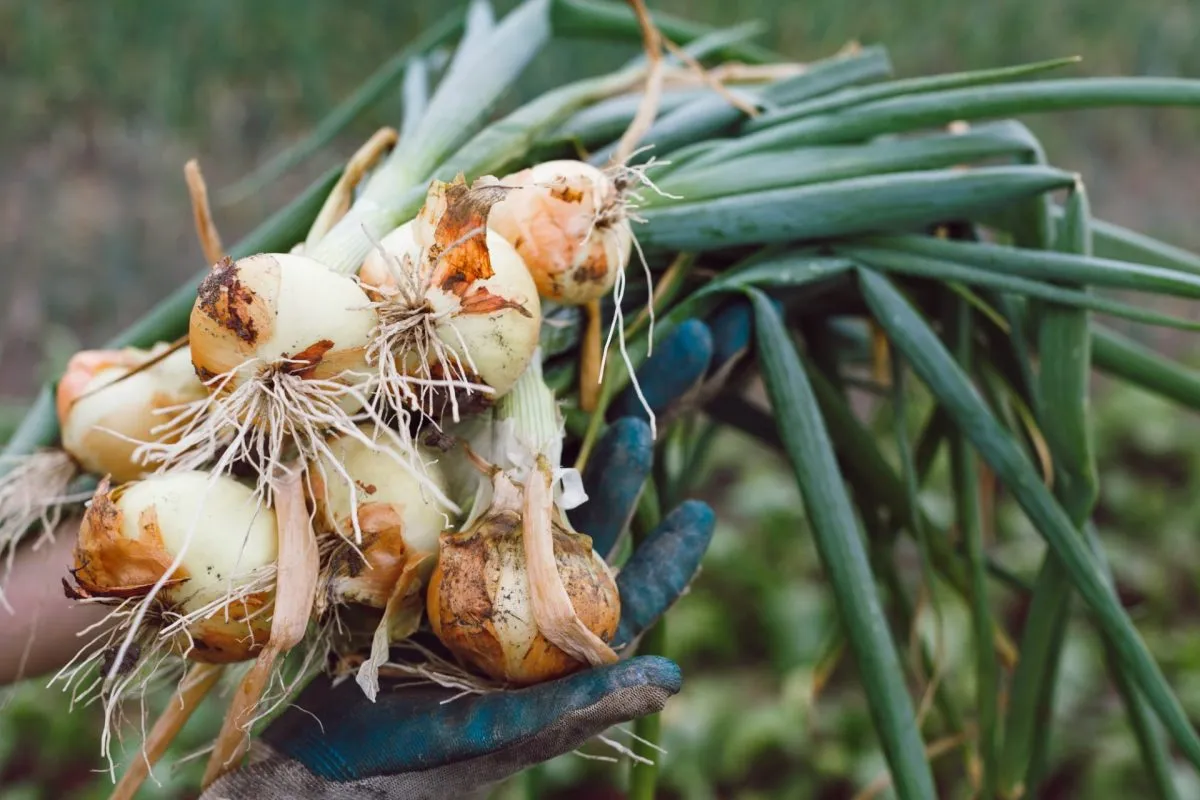
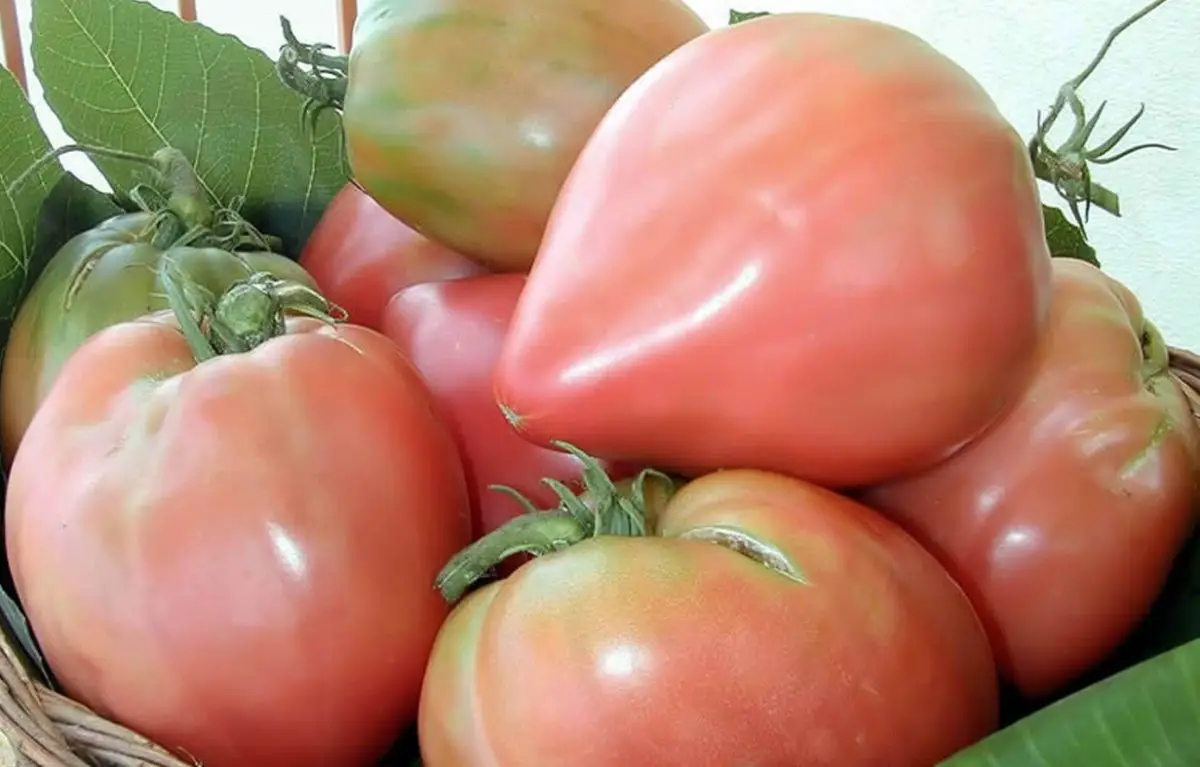
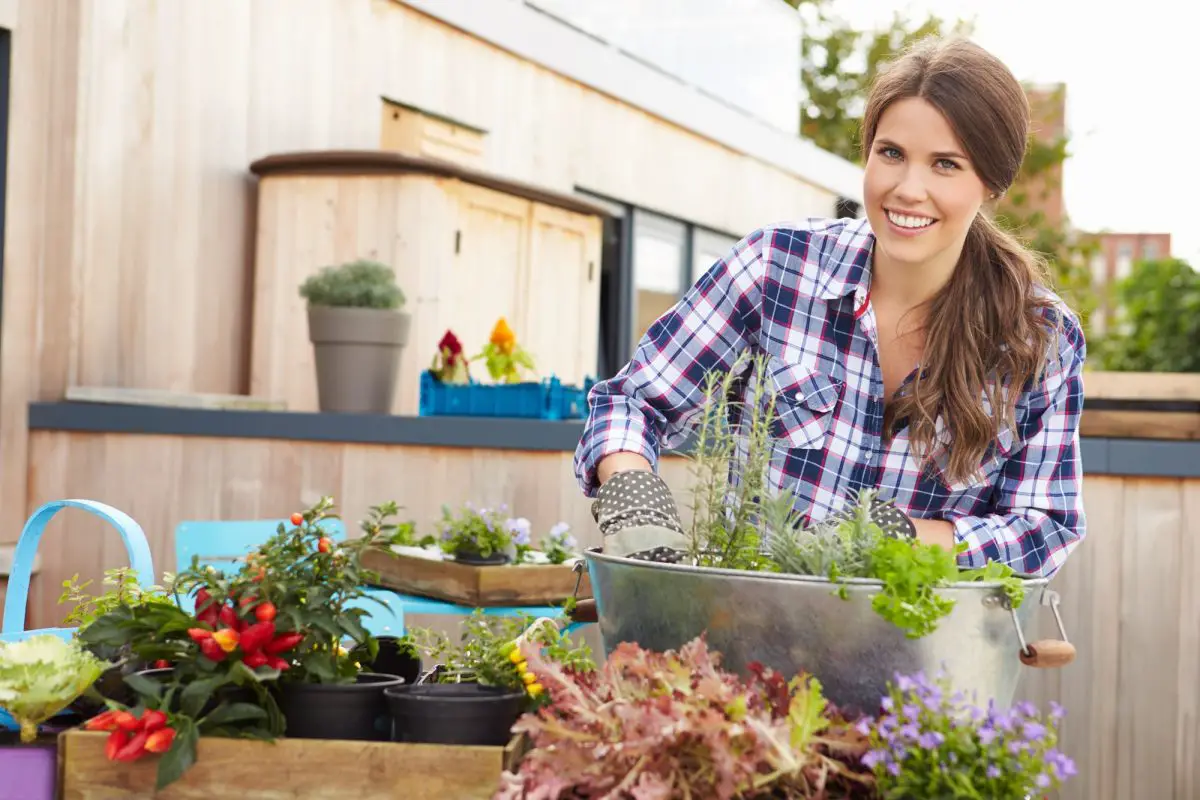

Start a new Thread